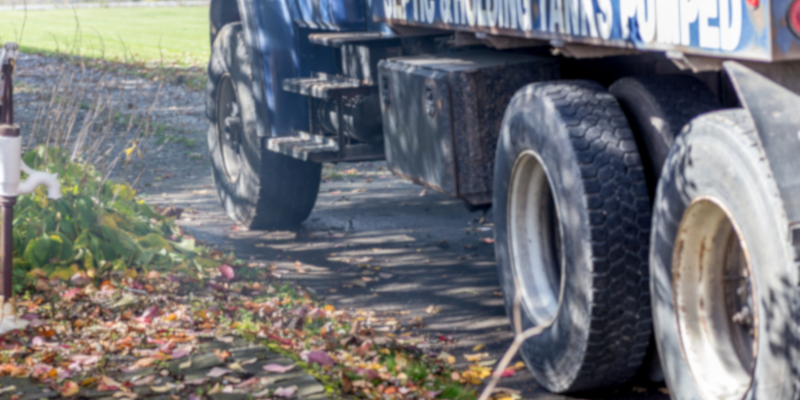
For most homeowners with septic systems, septic pumping is routine maintenance that cannot be overlooked. With that in mind, every homeowner should always follow up to find out if they’re getting the best value out of their septic pumping services.
When hiring a septic company to carry out routine septic pumping services, you will, of course, expect them to pump the solids out of your tank and take them away.
When the tank is empty, that’s the best time to inspect it for potential problems and take the necessary measures of correcting the issue before it causes damage to the entire system. After the tank is pumped, here are three things to check for in your tank:
Ground Water Intrusion
This can be seen as a heavy rust discoloration at the top of the tank. This can signal that the concrete has cracked or is worn.
Tank Baffles
The baffles in your septic tank are designed to hold back solids from your disbursement system, also known as your “leaching field.” Tank baffles are usually the first to go in the tank. If caught early, the cost of replacing a baffle will not cost not less than replacing a failed leaching field. Also, the process is simple.
Gray Water to Solids Ratio
The number of people living in our house and the size of your septic tank can determine the frequency of septic pumping your tank. Also, it’s worth noting that a septic tank should not be more than 25% of solid waste.
